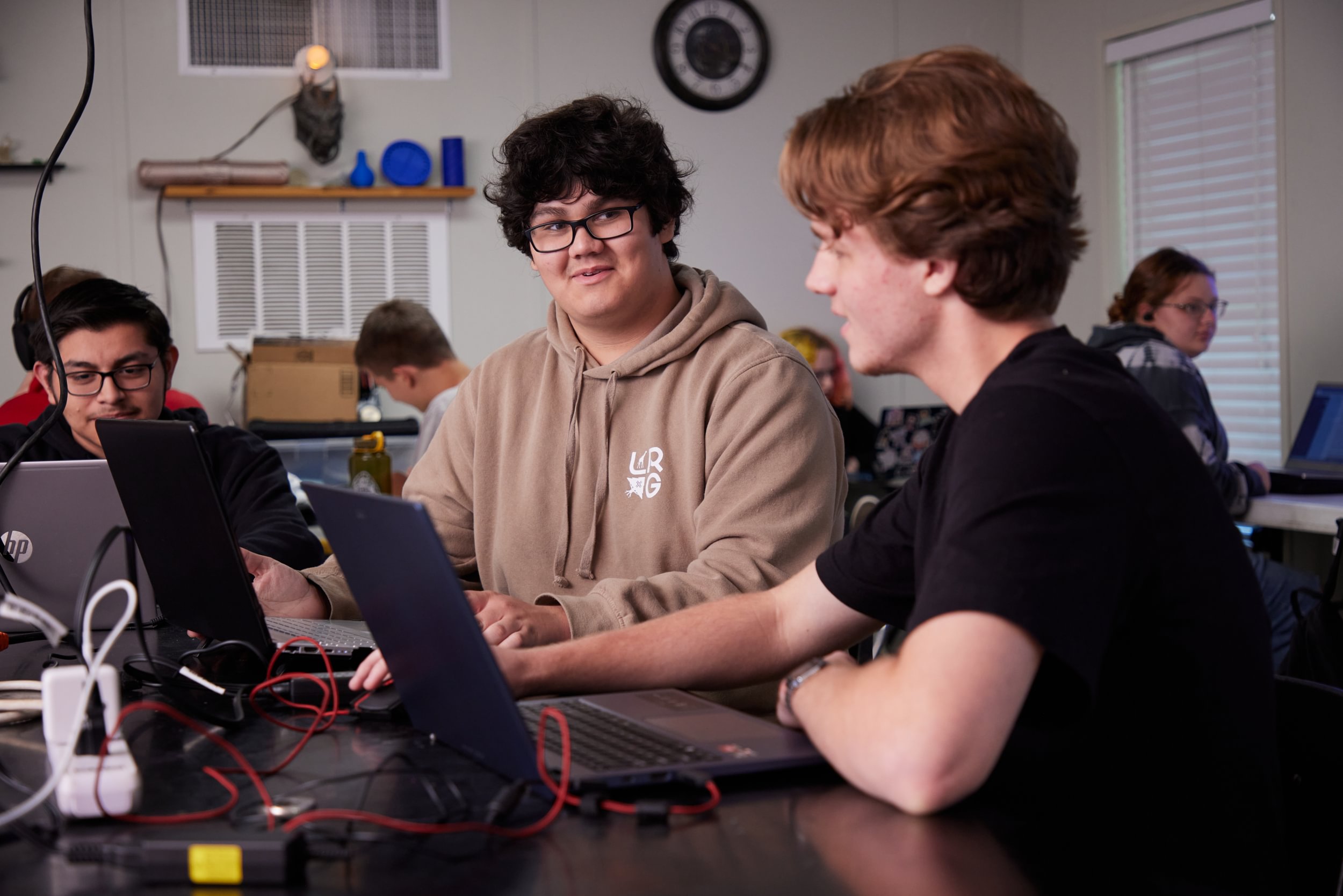Project Based Learning (PBL)

In Project-Based Learning (PBL), students go through an extended process of inquiry in response to a complex question, problem, or challenge. While allowing for some degree of student “voice and choice,” rigorous projects are carefully planned, managed, and assessed to help students learn key academic content, practice 21st Century Skills (such as collaboration, communication & critical thinking), and create high-quality, authentic products & presentations.
The purpose and benefits of rigorous, meaningful, and effective Project-Based Learning:
- It is intended to teach significant content – goals for student learning are explicitly derived from content standards and key concepts at the heart of academic disciplines.
- It is organized around an open-ended Driving Question. This focuses students’ work and deepens their learning by framing important issues, debates, challenges, or problems.
- It requires critical thinking, problem solving, collaboration, and various forms of communication. In order to answer a Driving Question and create high-quality work, students need to do much more than remember information. They need to use higher thinking skills and learn to collaborate with team members. Students must listen to others and make their own ideas clear when speaking, be able to read a variety of material, write or otherwise express themselves in various modes, and create effective presentations. These skill competencies are often known as “21st Century Skills,” because they are prerequisite for success in the 21st century workplace.
- It requires inquiry as part of the process of learning and creating something new. Project-Based Learning reverses the order in which information and concepts are traditionally presented. A typical unit with a “project” add-on begins by presenting students with knowledge and concepts, and then, once gained, giving students the opportunity to apply them. Project-Based Learning begins with the vision of an end product or presentation. This creates a context and reason to learn and understand the information and concepts.
- It allows some degree of student voice and choice. Students learn to work independently and take responsibility when they are asked to make choices. The opportunity to make choices, and to express their learning in their own voice, helps to increase students’ educational engagement.
- It includes processes for revision and reflection. Students are asked to think about what and how they are learning. They are then asked to give and receive feedback in order to improve the quality of the products they create.
- It involves a public audience. Students present their work to other people, beyond their classmates and teacher – in person or online. This “ups the stakes,” increasing students’ motivation to do high quality work, and adds to the authenticity of the project.
